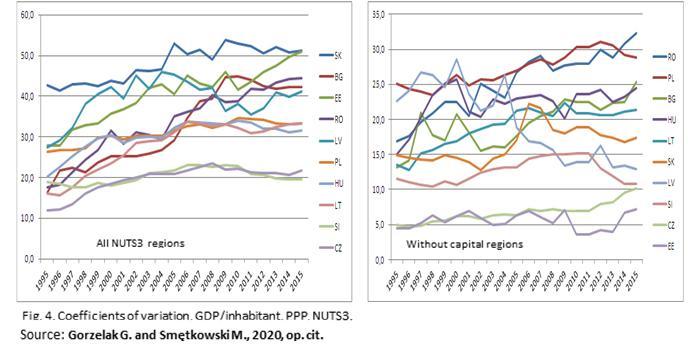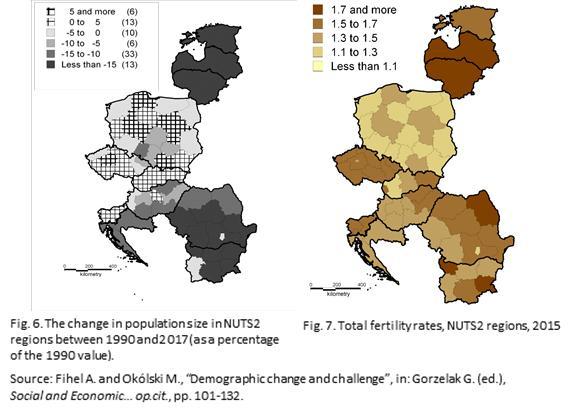The findings, interpretations and conclusions are those of the authors and do not necessarily reflect the views of the European Investment Bank
You can download the essay here
The trajectories of the countries and regions of Central and Eastern Europe (CEE) during the last hundred years do prove that almost everything is possible. In this relatively short period these countries have regained independence, have suffered during World War Two, have gone through totalitarian and authoritarian communist regimes and lastly they have rejoined Europe, moving from the second to the “first periphery” of the developed world. Although at the start of their EU membership the “end of history” may have appeared as a plausible way to look to the future of CEE, recently unexpected phenomena have questioned these hopes and placed several new challenges before the new Member States.






